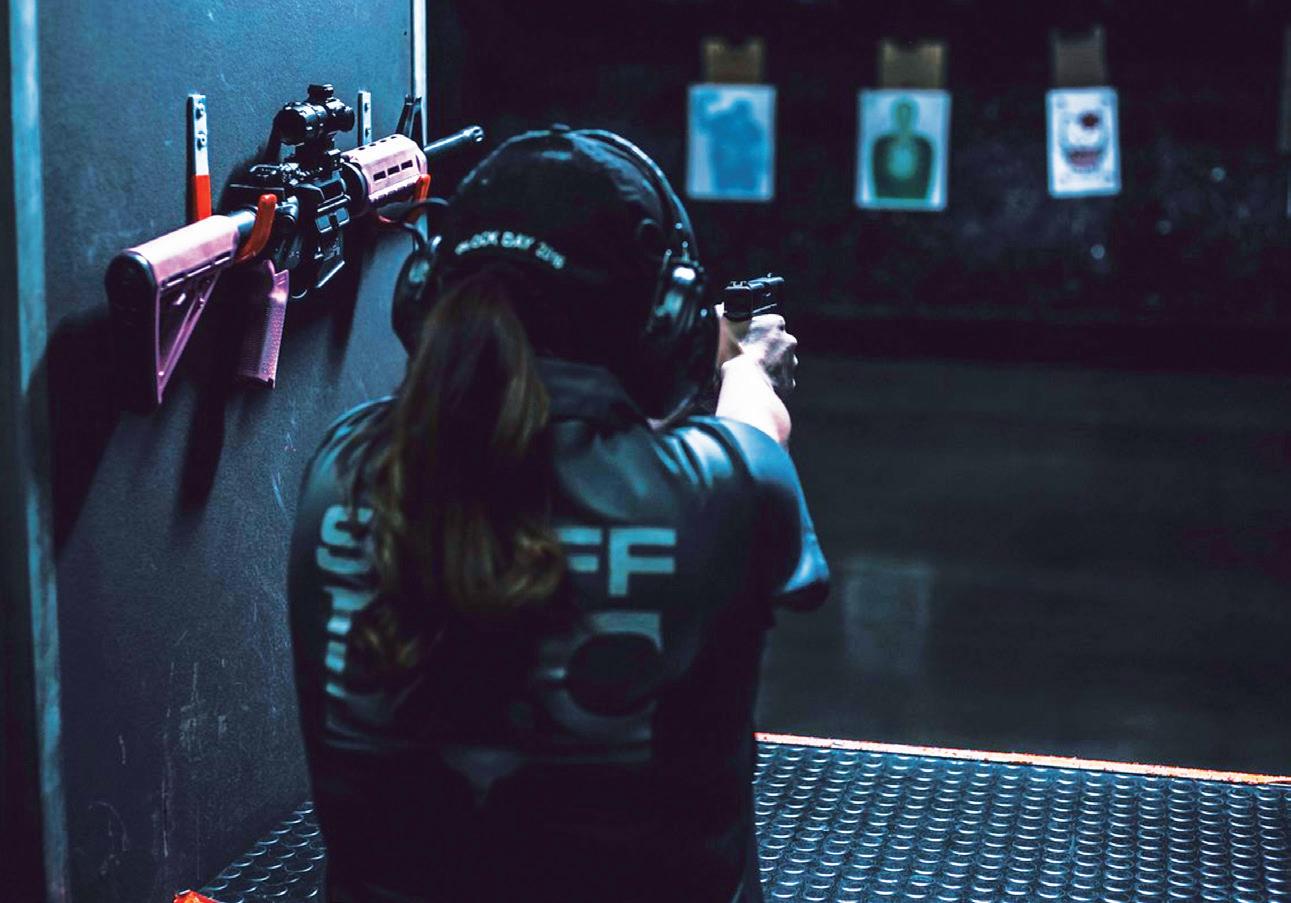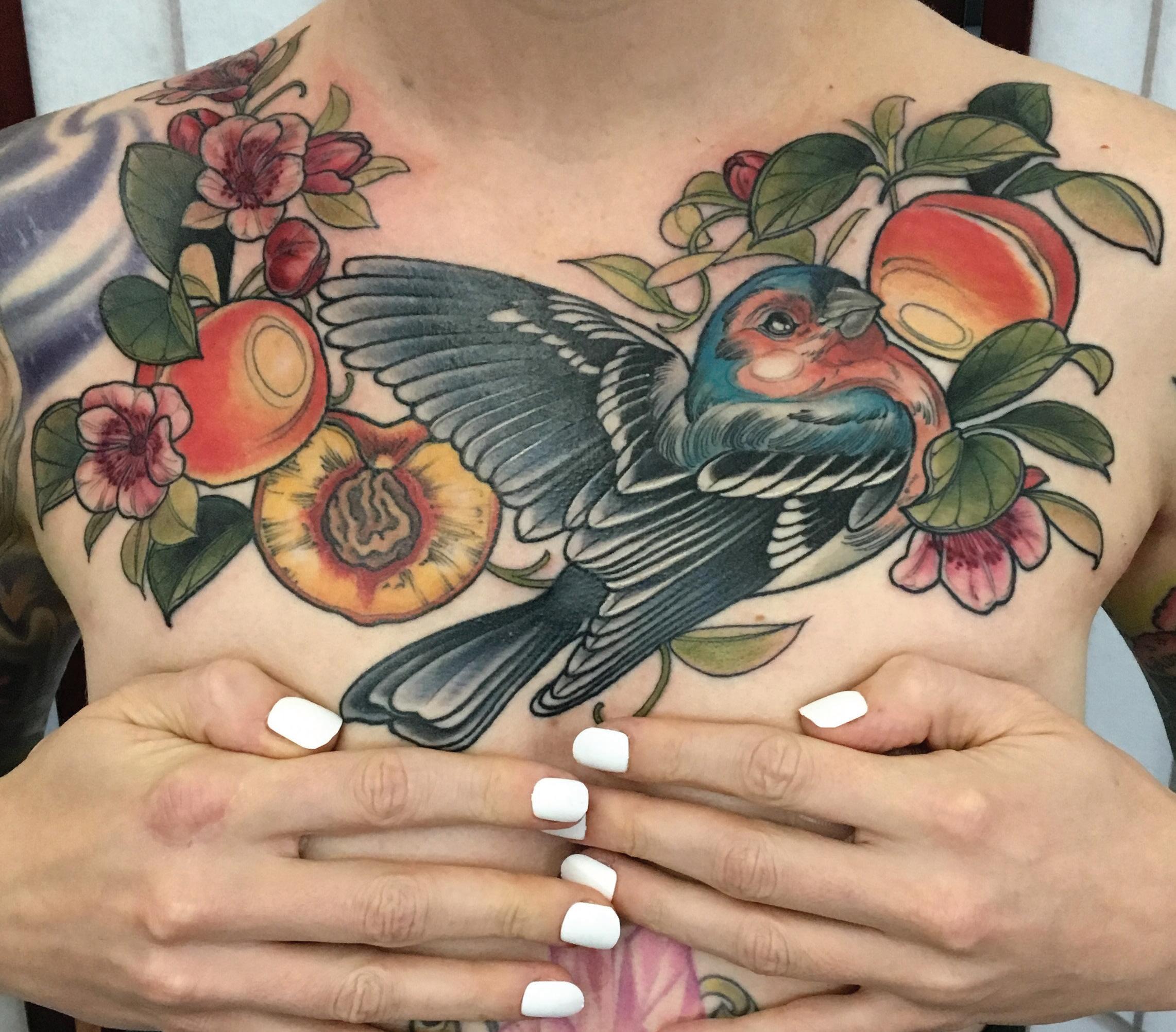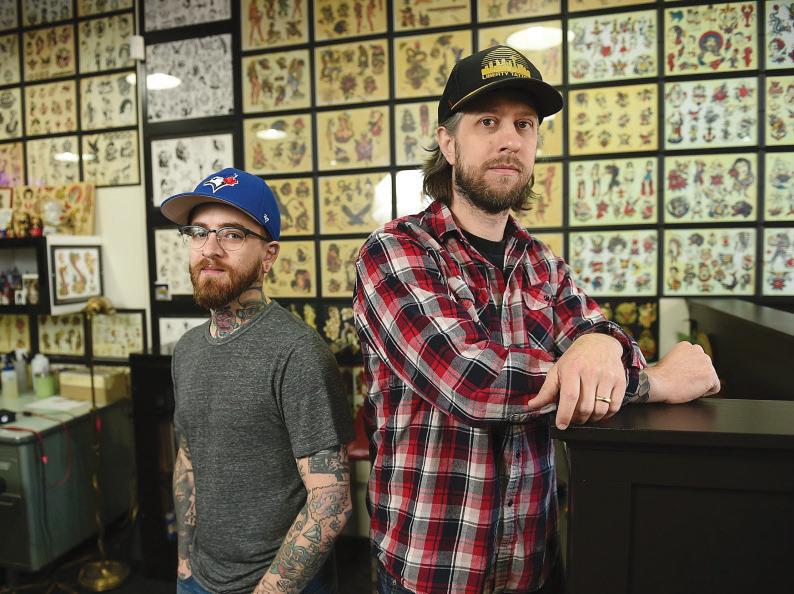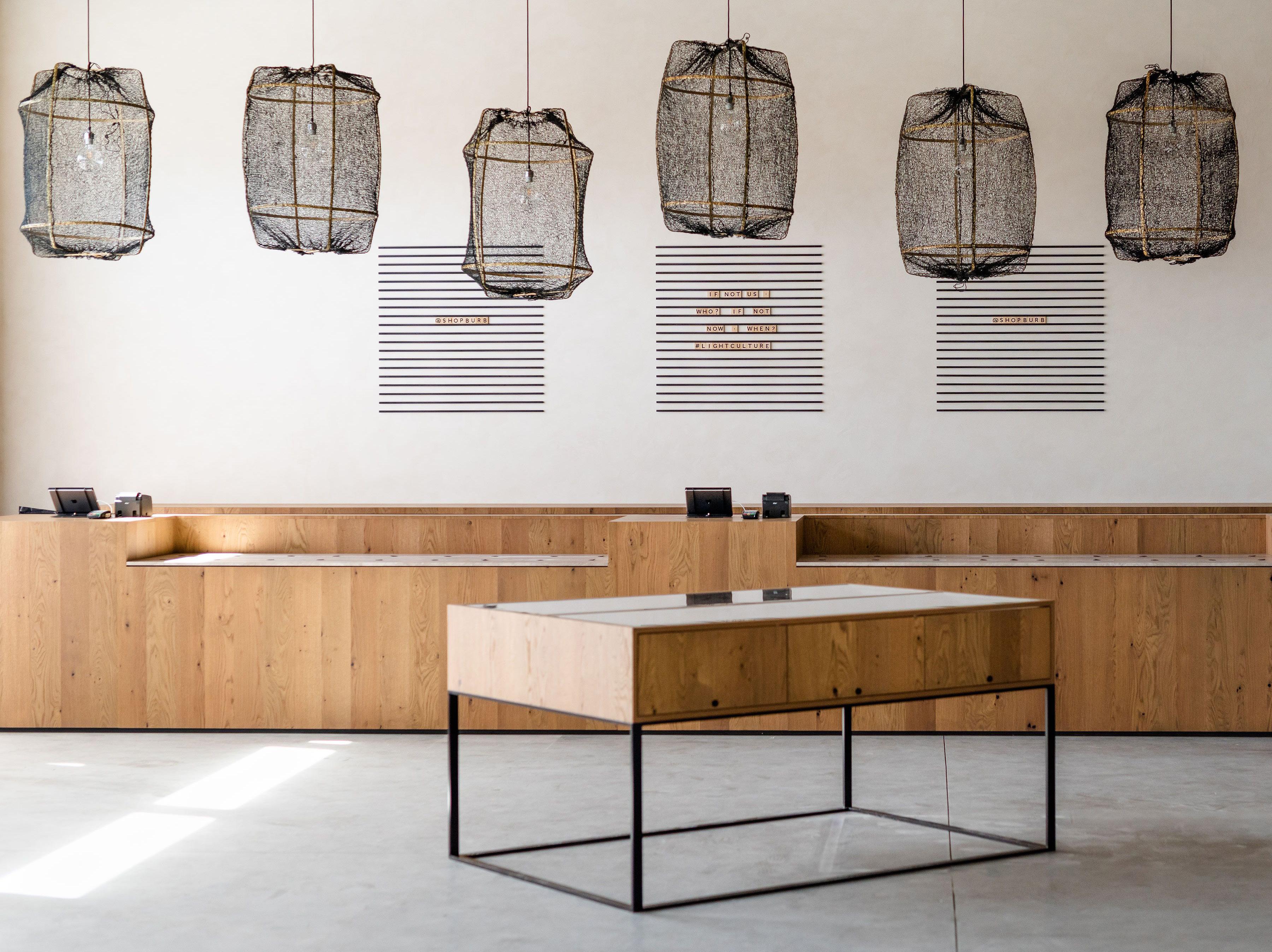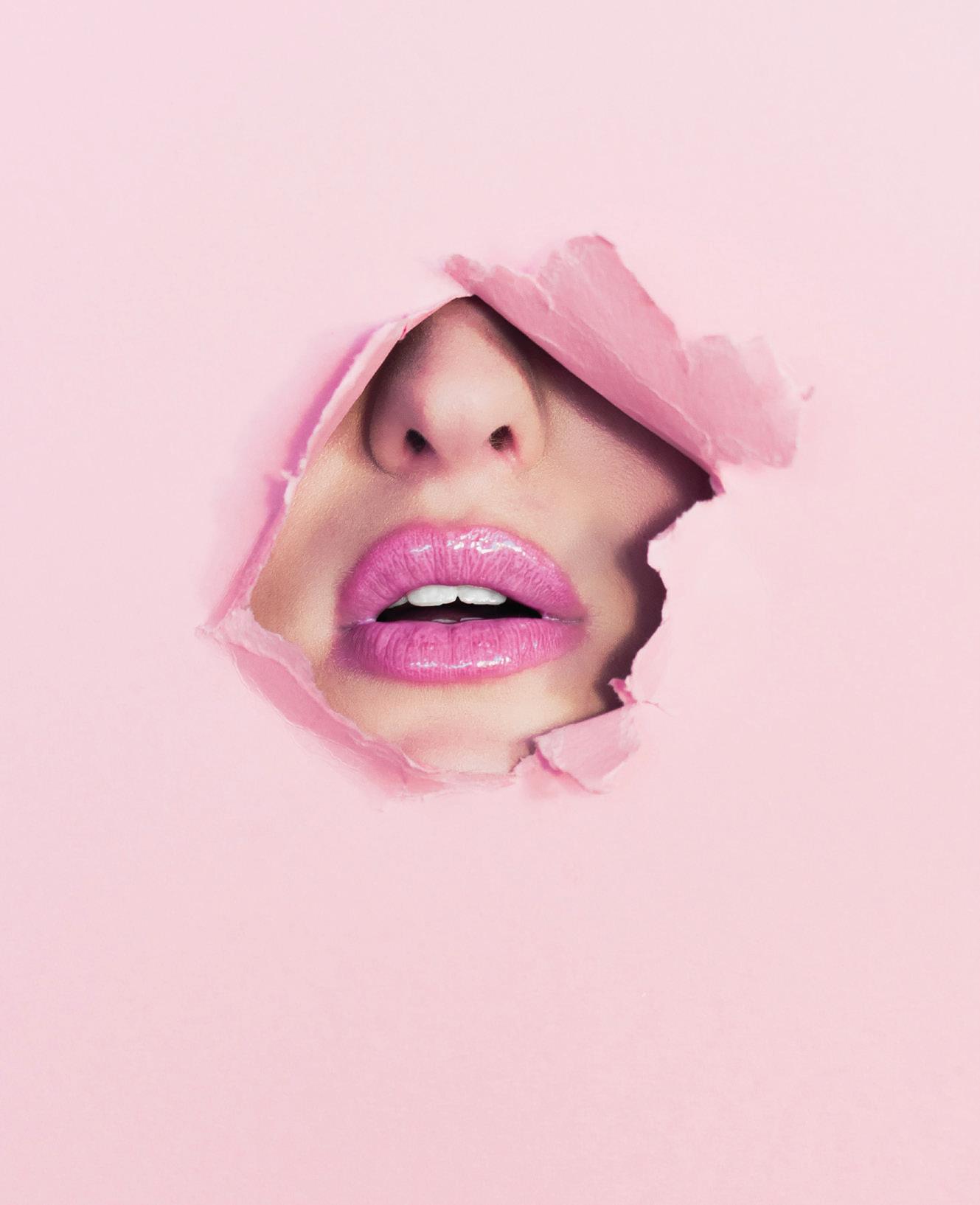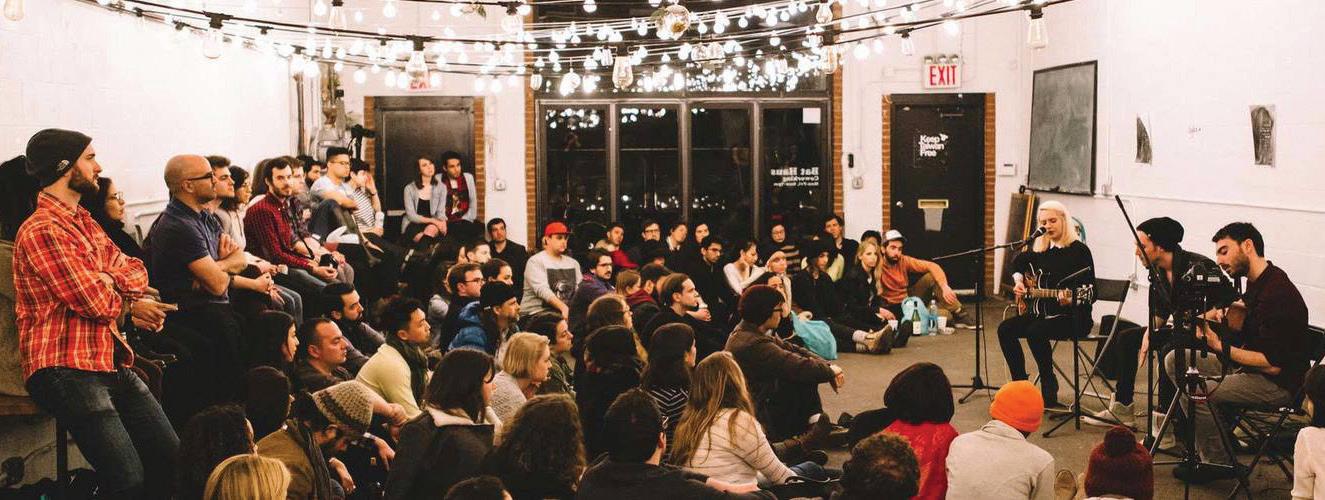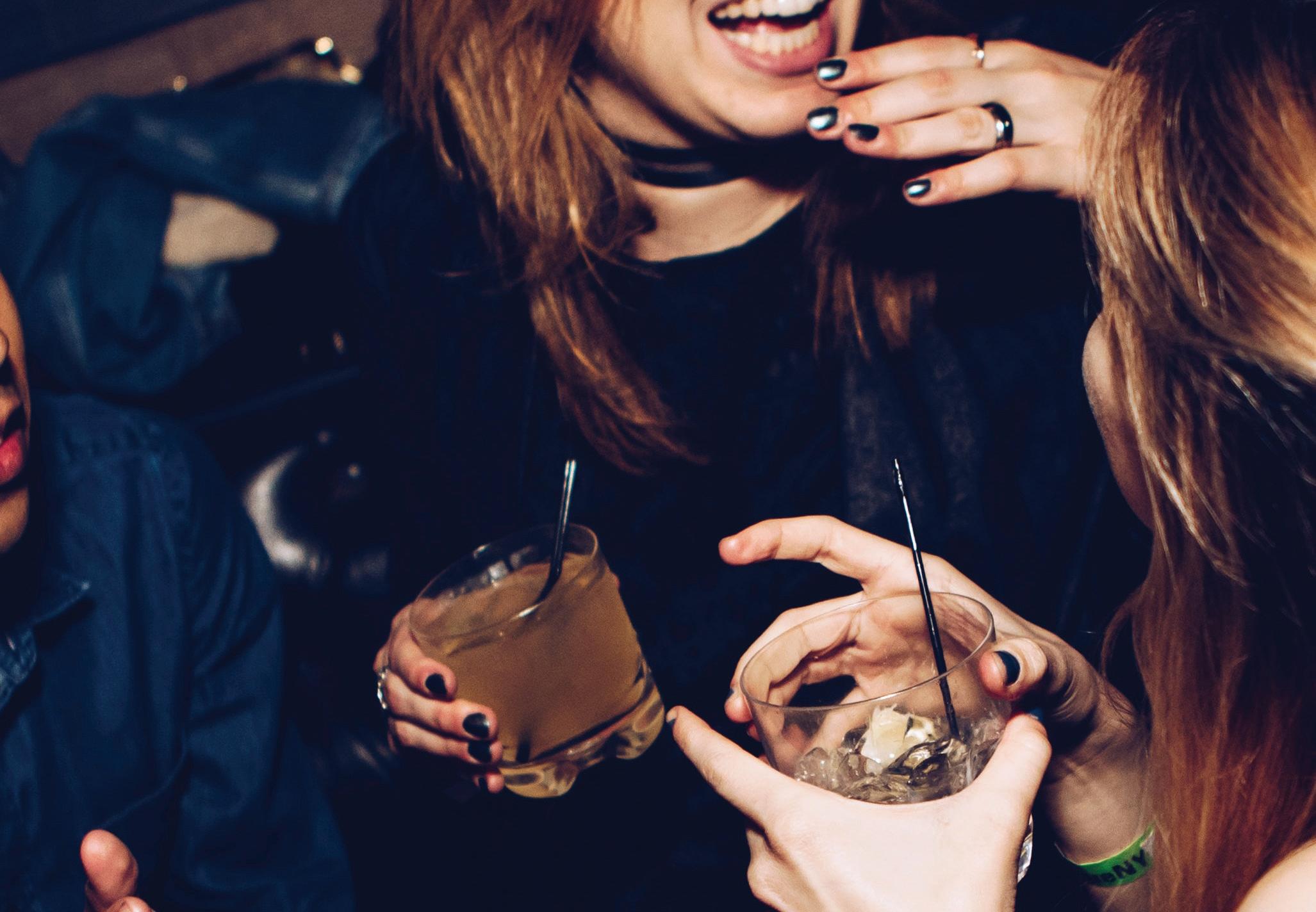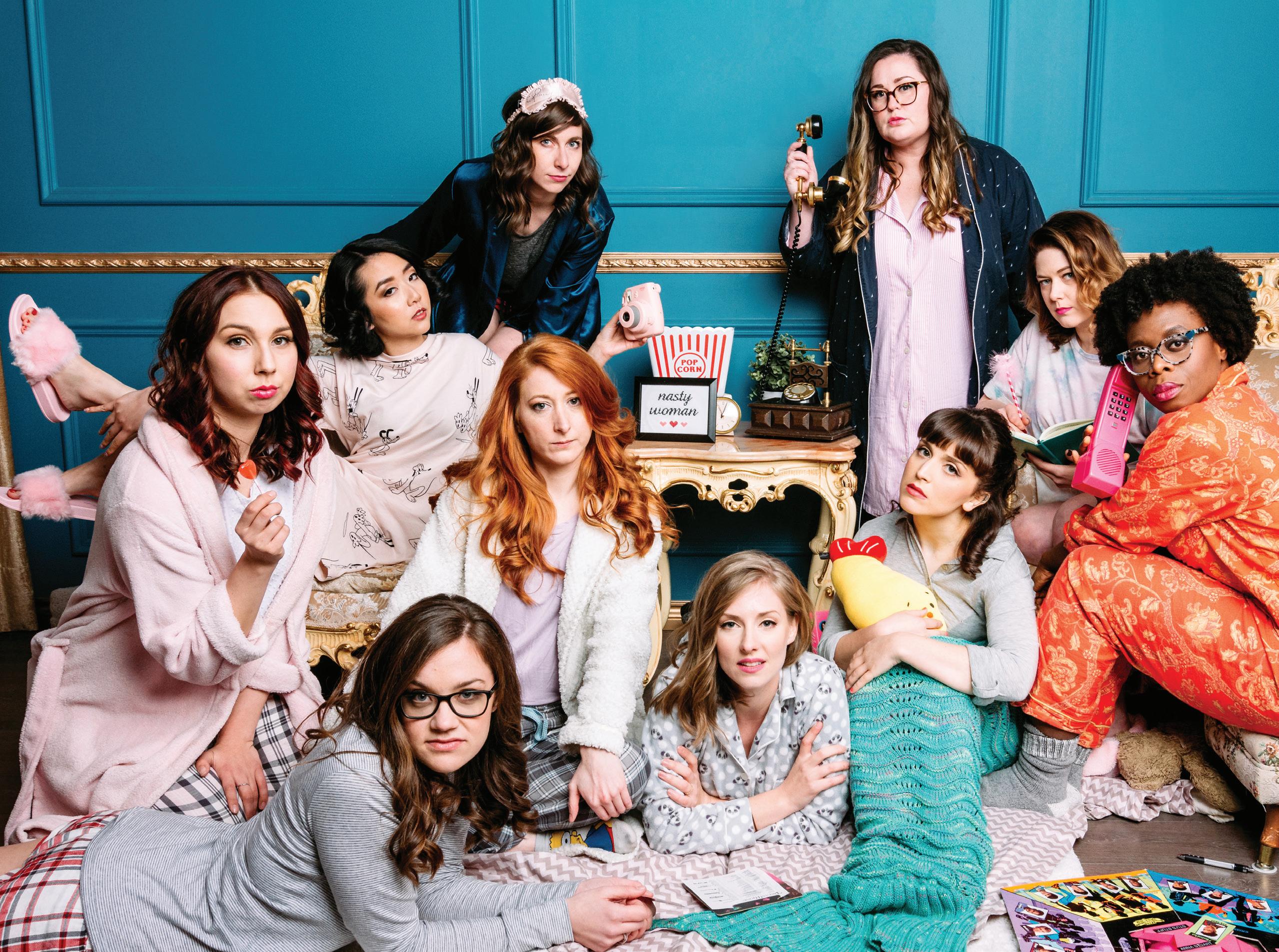
4 minute read
LO-FI IN THE HOUSE
from Underground Magazine
by cmns490
LIGHTS OUT
Lo-Fi in the House dent ideology. What we’re doing is lo-fi electronic music, and specifically The DIY music scene has its roots in ’70s funk, soul and disco—and local lo-fi house, lo-fi synthmusicians are bringing it to this city. by ALEXANDER DERBAS wave, lo-fi synthpop, and all kinds of other types.” Synthwave
Advertisement
It’s a chilly winter and synthpop are night as I stroll similar, generally down Main Street in instrumental search of Red Gate Art genres that have Society—and it’s not an ’80s aesthetic of hard to miss. Even on a instrumental sound dark night, the quirky with a focus on red building is splashed synth and hi-hats, with bold graffiti, and combined with from 20 metres away, modern electronic I can already hear the instrumentals. trace of an electronic When music isn’t as beat, warming up Artist Liam Hill spins his polished, it retains this night by a few tracks at 2010 Records’ certain audible degrees. Inside, smoke first show at Red Gate. faults that a profesmachines have clouded sional would usually the room, though I can remove to make still make out a few posters up-and-coming produc- people the opportunity to the sound more “clean.” and emotional messages ers in Vancouver’s lo-fi produce their own music. These faults translate to covering the walls, includ- scene with his label, 2010 By the 2000s and 2010s, the sounds of vinyl records ing one inscribed on the Records (under whom rather than being a loose scratching while playing, back wall: “Show me love, Hill and Woods have been term applied to a few cassette tapes being loaded give me life.” A couple of signed). Darragh is behind artists with an alterna- in and adjusted, and having musicians crowd the tiny the scenes, seen in the tive style, lo-fi became sometimes a dream-like stage, and the music is backroom configuring defined as instrumental, feel to music, a feeling akin full, warm, and cosmic, the audio equipment and and was characterized by to being up in the clouds. its lyrics reminiscent of the DJ controller: bass, samples of ’70s and ’80s When performed live, ’70s funk, soul and disco treble, stereo and volume. pop, funk and disco hits, these sounds are emulated nostalgia. Hi-hats ring out, Sifting through the faders incorporating aspects of with a synthesizer and the oscillating synth and on his equalizer, Darragh electronic, chill, lounge, computer software. rich bass entrancing the carefully manipulates the jazz and rock music. What attracts people to audience into a calm yet equalization levels on his These days, most lo-fi, as Darragh reiterates, energetic state. DJ controller. The sound lo-fi music is discovered is “the intimacy, since lo-fi
At tonight’s “Open of Bullfrog loudspeakers through online sites is self-produced by a single Haus” event—a celebra- beaming the serene treble like YouTube, Spotify person or a couple people, tion of lo-fi music in Van- of lo-fi house fills the and SoundCloud. The and it’s a very DIY form of couver—the dance floor is building. music, says Darragh, is making music.” There is crowded with avid listen- The scene tonight is “punk music at its core. no standard for a piece to ers grooving to the beat of a part of a global trend. Lo-fi is not necessarily be lo-fi, but it’s all done in lush, full-sounding synthe- Modern lo-fi evolved a genre, it’s more of a a DIY fashion, and retains sizers, vocals fading in and into an Internet phe- form of music,” he says. audio imperfections and out. Concert-goers are nomenon popularized by “It stands for ‘low-fidel- faults that characterize here to listen the greatest YouTube, and it’s grown ity,’ which means ‘not as its form, melody, and hits of Dylan Woods, Liam in popularity as access to polished.’ It’s more of a harmony. Hill and Charlie Darragh, digitized music programs bedroom-producer kind of These vintage tracks the latter being one of the has grown, giving more idea, more of an indepen- are remixed and improved
upon, giving them new life. They sound like their funk disco counterparts, but with contemporary EDM elements such as fade-in/ fade-out, drums, and bass added in. Dylan Woods’s lo-fi tracks, such as “Be Careful How You Use My Love,” are heavily influenced by French House—a style that uses modern computers to manipulate ’70s and ’80s funk disco tracks into a richer, full sound—the genre which led him to lo-fi. “I’ve been interested in house music since I was 14,” says Woods. “I really got into French house music like Daft Punk. It was kind of my entryway into house music. Liam introduced me to most of it three years ago.” Woods’s style is much more energetic and designed to move people. “In contrast to Liam, I am more into upbeat dance music. With this EP, I’ve been trying to imitate and embody death punk and French House as much as possible. [I admire] their style of sampling, while also finding samples I like, and whatever comes naturally I guess.” Liam Hill believes in the power of lo-fi to change people’s emotional state. “I am trying to evoke some sort of an emotional response,” says Hill. “I try too hard sometimes. I focus less on the dancey side, and more on the introspective side, the inner self.”
Lo-fi continues to expand beyond its niche-interest origins, says Hill, as the lo-fi DIY

